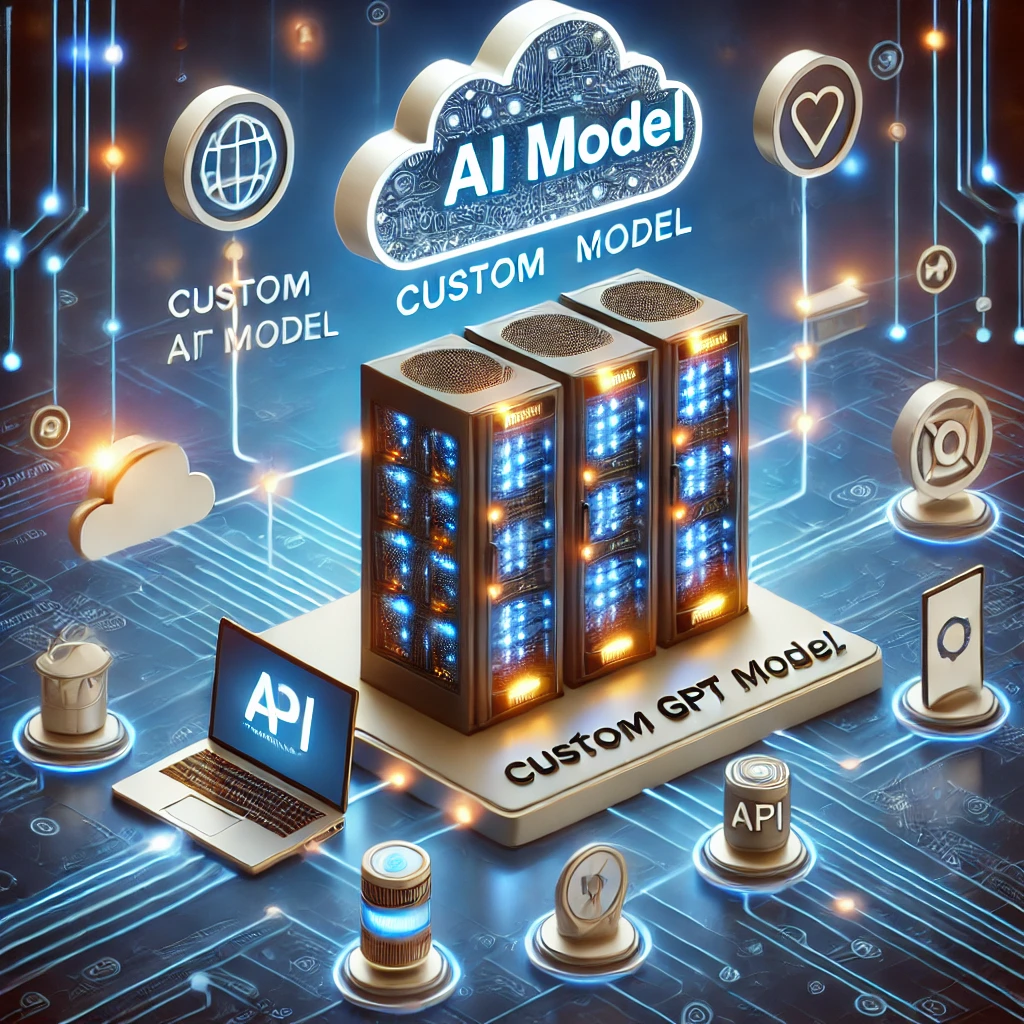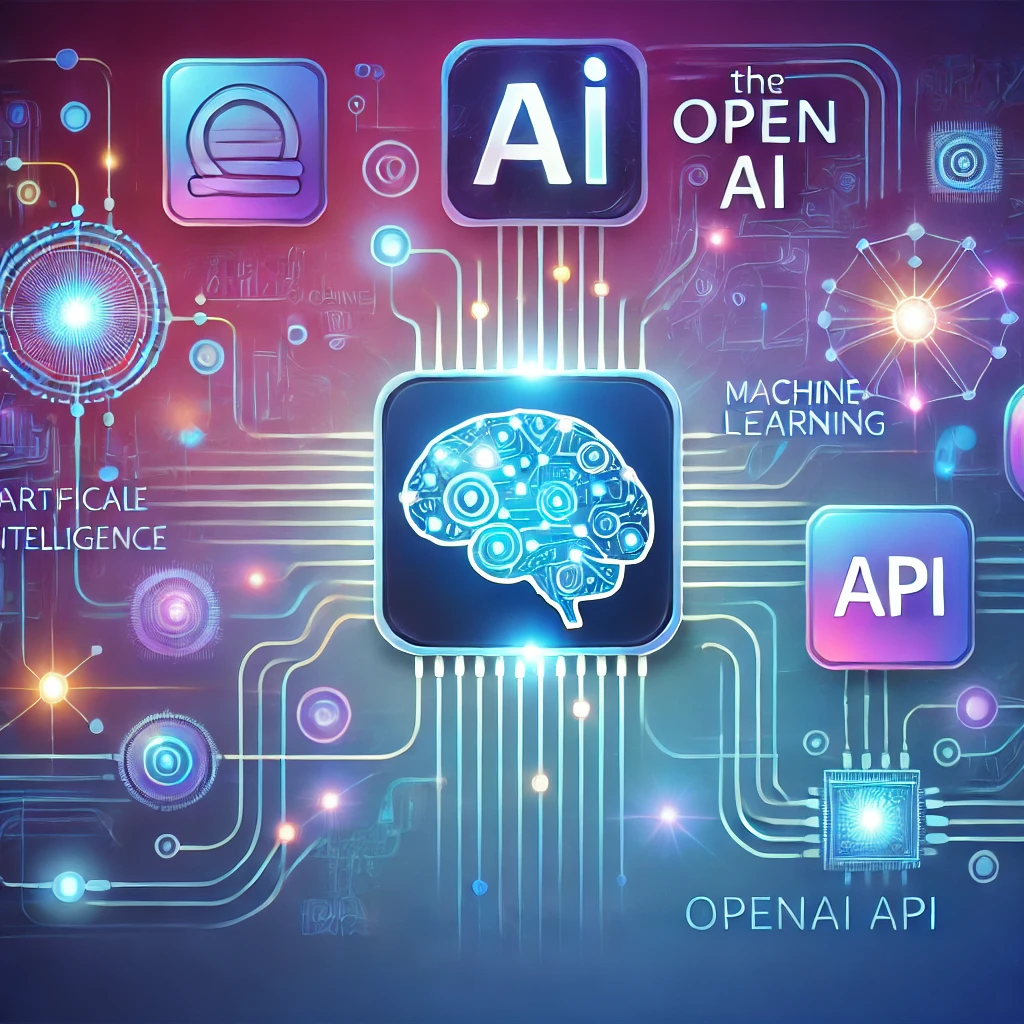Custom GPTs are fine-tuned AI language models tailored for specific tasks, industries, or business needs. They can provide a personalized, efficient, and highly accurate solution in areas ranging from customer support to research and development. Below is a detailed guide to creating a custom GPT.
Step 1: Define Your Objectives
Clearly outline the goals and applications of your custom GPT.
- Use Case: Determine the primary tasks (e.g., customer support, document summarization, code generation).
- Target Audience: Identify who will interact with the GPT (employees, customers, researchers).
- Performance Metrics: Specify success criteria (accuracy, response time, user satisfaction).
Step 2: Prepare Your Dataset
Data quality is paramount for fine-tuning.
- Data Collection: Gather relevant, domain-specific data (e.g., FAQs, research papers, scripts).
- Data Cleaning:
- Remove duplicates, errors, and irrelevant information.
- Ensure the text is free of biases and anomalies.
- Data Formatting: Format the data as a JSON file containing prompts and responses. Example:
{
"prompt": "What are the symptoms of diabetes?",
"response": "The symptoms include frequent urination, excessive thirst, and fatigue."
}
Step 3: Choose a Base Model
Select a pre-trained GPT model based on your use case. Popular choices include:
- OpenAI GPT-4
- Llama 3
- Claude
- Google Bard API
Consider factors like cost, model capabilities, and integration ease.
Step 4: Fine-Tune the Model
Fine-tuning involves training the base GPT on your dataset to specialize it for your needs.
- Set Up the Environment: Use platforms like Hugging Face, OpenAI’s API, or Groq.com.
- Initiate Fine-Tuning: Upload your dataset and configure parameters (e.g., learning rate, batch size).
- Train the Model: The system will adjust weights to align the model’s responses with your data.
Example using Hugging Face:
from transformers import GPT2LMHeadModel, GPT2Tokenizer, Trainer, TrainingArguments
model = GPT2LMHeadModel.from_pretrained("gpt2")
tokenizer = GPT2Tokenizer.from_pretrained("gpt2")
# Tokenize data
train_data = tokenizer("Your training text here", return_tensors="pt", max_length=512, truncation=True)
# Define training arguments
training_args = TrainingArguments(
output_dir="./results",
num_train_epochs=3,
per_device_train_batch_size=4,
save_steps=10_000,
save_total_limit=2,
)
# Train model
trainer = Trainer(
model=model,
args=training_args,
train_dataset=train_data,
)
trainer.train()
Step 5: Evaluate and Refine
After training, assess the model’s performance.
- Validation: Test the GPT on unseen data.
- Metrics: Measure accuracy, precision, recall, or user feedback.
- Refinement: Adjust the dataset or fine-tuning parameters if needed.
Step 6: Deploy the Custom GPT
Choose a deployment method:
- API Deployment: Host the model on platforms like AWS, Azure, or OpenAI API for seamless integration into apps.
- Local Deployment: Run the model on dedicated hardware for sensitive use cases.
Step 7: Integrate with Your System
Integrate the GPT with your existing tools using APIs or SDKs. Example in Python:
import openai
openai.api_key = "YOUR_API_KEY"
response = openai.Completion.create(
engine="custom-gpt",
prompt="What is the best way to start a business?",
max_tokens=150
)
print(response["choices"][0]["text"])
Step 8: Monitor and Update
Regularly monitor the GPT’s performance and update it as needed.
- Continuous Learning: Fine-tune with new data periodically.
- User Feedback: Implement user suggestions to improve responses.
Conclusion
Creating a custom GPT ensures that the AI solution aligns perfectly with your specific needs, whether in healthcare, education, or industry-specific applications. By following this guide, you can build and deploy a robust, scalable AI tool tailored to your business.
For personalized assistance or to develop your own GPT, reach out to Evert’s Labs. I, Evert-Jan Wagenaar, am available to guide your organization through this process. Contact me via the Contact form or email me directly at evert.wagenaar@gmail.com.
[SEO optimized]


